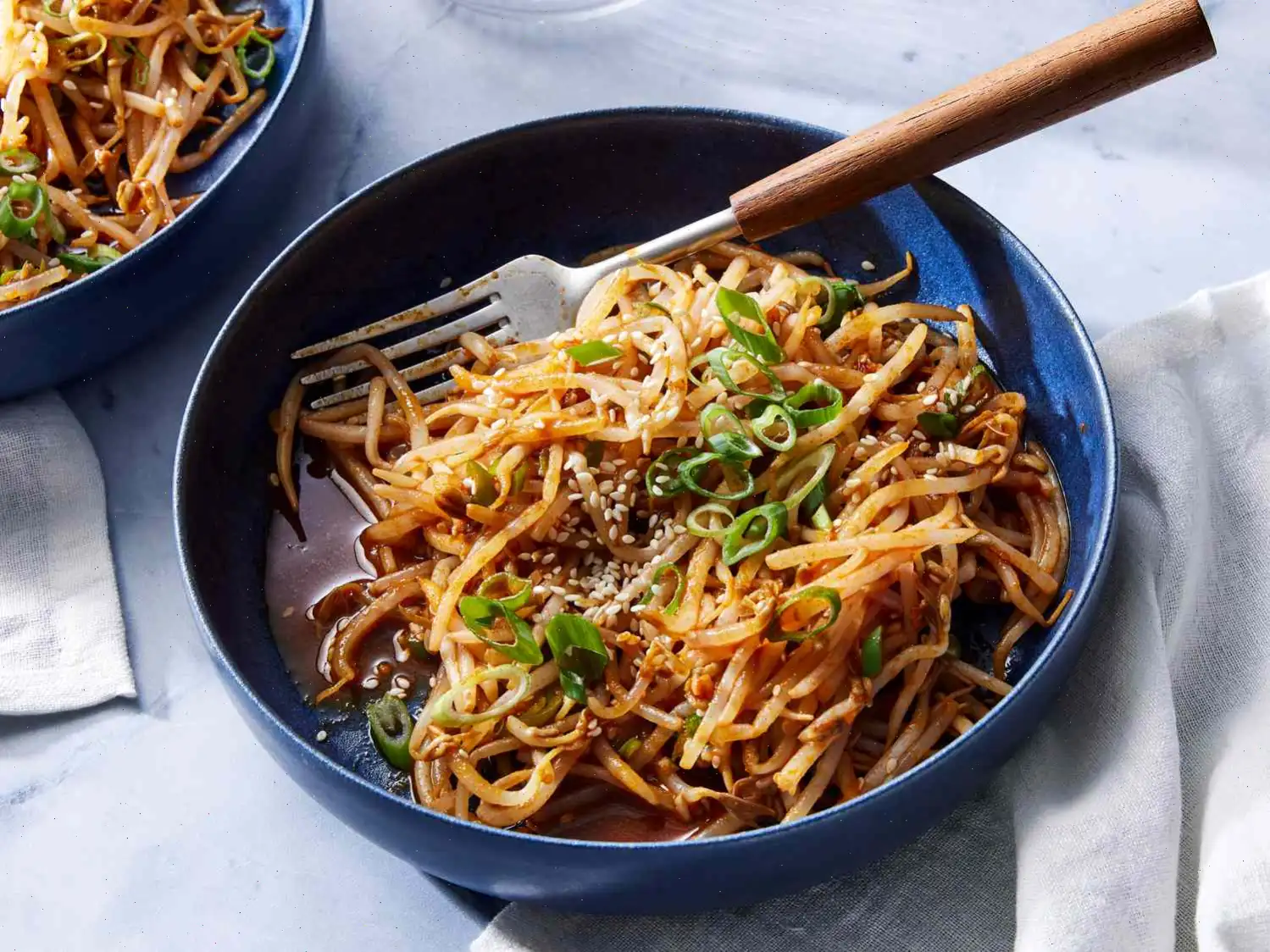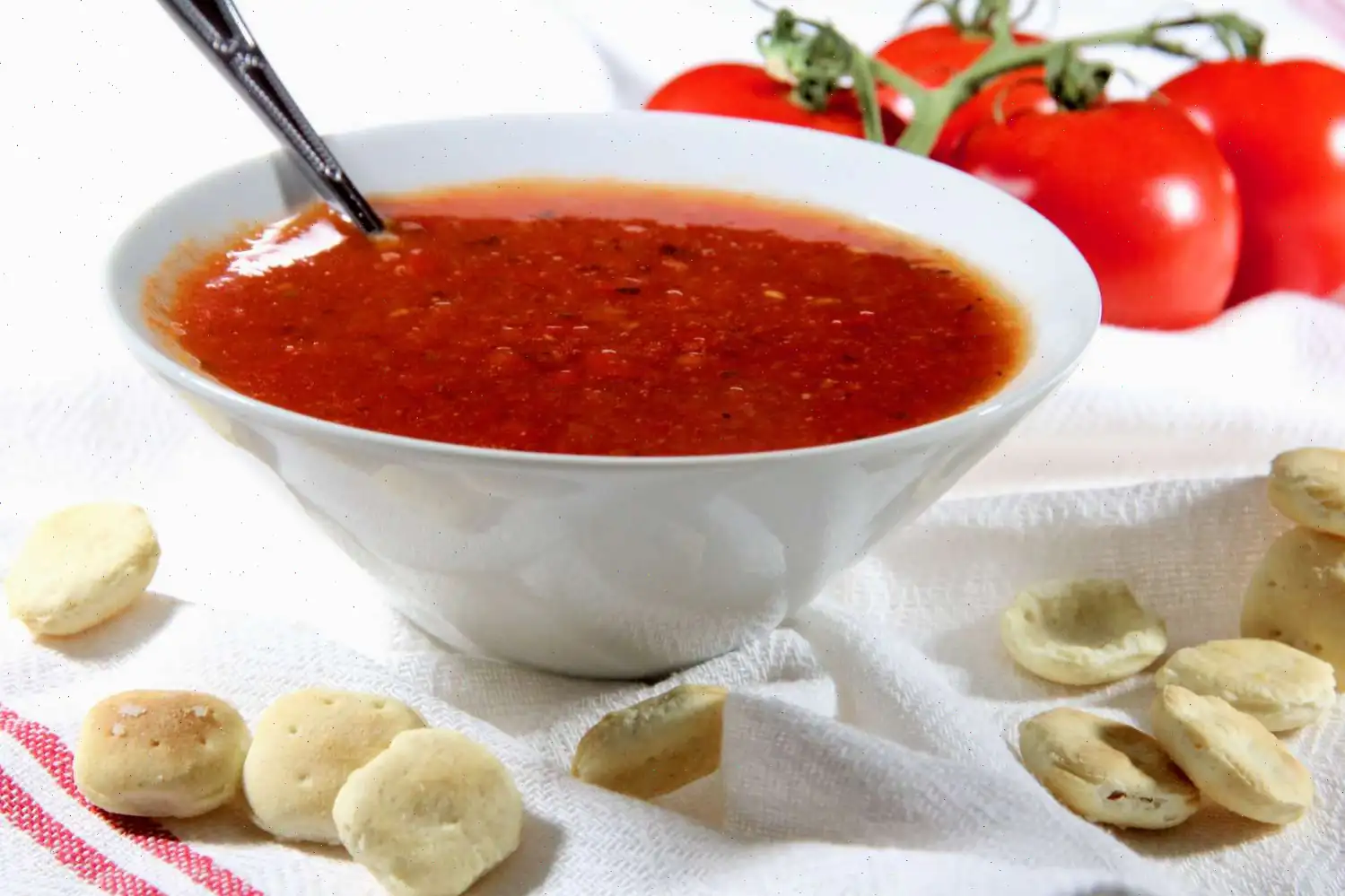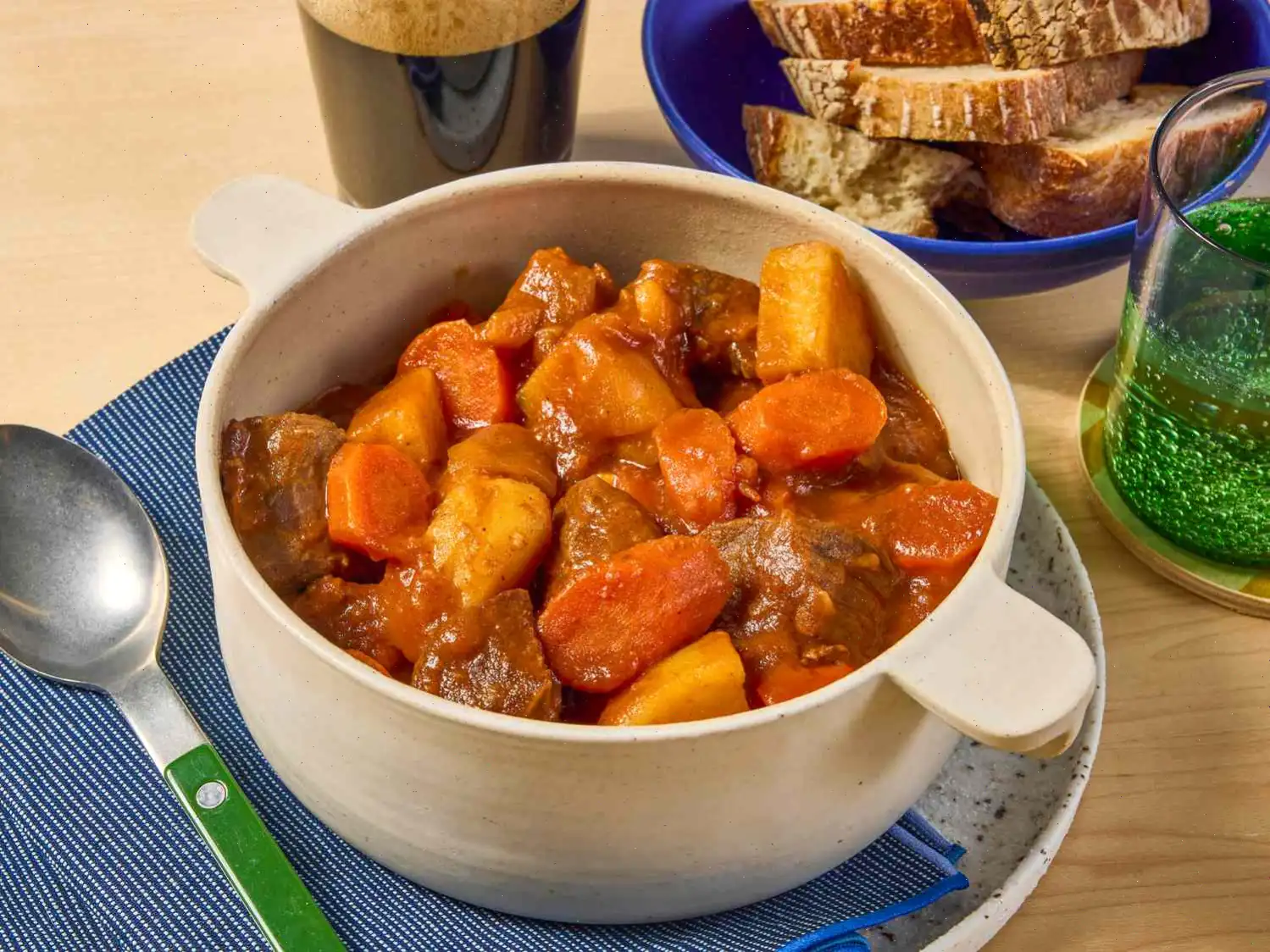
Potato Dumplings Recipe
Ingredients
- 2 large potatoes, peeled and chopped
- 1 cup self-rising flour
- 1 egg
- 8 large seasoned croutons
Directions
Step 1: In a large pot, bring salted water to a boil. Add the peeled and chopped potatoes, cooking until tender, which should take about 15 minutes. Drain the potatoes and mash them well.
Step 2: In a medium-sized bowl, combine 2 cups of the mashed potatoes with the flour and egg. Mix until the dough is smooth and well incorporated.
Step 3: Take a portion of the dough (around 1/4 to 1/2 cup per dumpling) and shape it into a ball. Make a small indentation in the center of each dumpling and place a crouton inside. Seal the dough around the crouton, ensuring it is completely enclosed.
Step 4: Drop the prepared dumplings into a pot of simmering soup or broth. Cover the pot and cook for 20 minutes, making sure not to lift the lid while the dumplings are cooking.
Nutrition Facts
| Nutrition Per Serving | Amount |
|---|---|
| Calories | 136 |
| Total Fat | 1g (1%) |
| Saturated Fat | 0g (1%) |
| Cholesterol | 23mg (8%) |
| Sodium | 211mg (9%) |
| Total Carbohydrate | 28g (10%) |
| Dietary Fiber | 2g (7%) |
| Total Sugars | 1g |
| Protein | 4g (8%) |
| Vitamin C | 6mg (7%) |
| Calcium | 63mg (5%) |
| Iron | 1mg (6%) |
| Potassium | 300mg (6%) |
Percent Daily Values are based on a 2,000-calorie diet. Your daily values may vary depending on your calorie needs.
Potato dumplings are a beloved dish in many cuisines around the world, from Eastern Europe to North America. This humble dish, made from mashed potatoes, flour, and eggs, offers a comforting and hearty option for any meal. It can be served alongside stews, soups, or meats, and offers a satisfying side dish with a touch of nostalgia. The recipe detailed here adds seasoned croutons in the center of each dumpling, providing a crispy surprise in every bite.
History of Potato Dumplings
Potato dumplings, also known as "Kartoffelkndel" in German or "Pyzy" in Polish, have been a staple in Central and Eastern European cuisines for centuries. The use of potatoes in dumplings likely dates back to the 18th century when potatoes became a widespread crop in Europe. Before that, dumplings were typically made from flour or bread, but the potato variety grew in popularity due to its availability and versatility. The tradition of filling dumplings with various ingredients like croutons or meats was developed to enhance their flavor and texture, adding a bit of surprise to the dish.
Regional Variations
While the concept of potato dumplings is widespread, there are numerous regional variations. In Germany, potato dumplings are often served with roast pork and sauerkraut, forming part of the classic Sunday meal. In the Czech Republic, they may accompany hearty meat stews, while in Poland, they are a common side dish to dishes like "bigos" (hunter's stew). The Italian version of potato dumplings, known as "gnocchi," is lighter and smaller, and typically served with sauces, rather than being cooked in broth or stews like their Eastern European cousins.
Differences from Similar Dishes
Potato dumplings are often confused with other types of dumplings like those made from bread, flour, or even suet. Unlike bread-based dumplings, which tend to have a denser texture, potato dumplings are soft and pillowy due to the starch content in the potatoes. They are also distinct from traditional gnocchi, which are made with a combination of potatoes, flour, and sometimes eggs but are often smaller and lighter in texture. The key difference lies in the preparation and usage, where potato dumplings are usually larger and designed to be served with hearty stews or broths.
Where Potato Dumplings Are Typically Served
Potato dumplings are a classic comfort food often found in German, Austrian, Polish, and Czech households. They are commonly served at family gatherings, holidays, or special Sunday dinners. In Germany, they are a traditional accompaniment to dishes like sauerbraten (a pot roast) or Schweinshaxe (roasted pork knuckle). In Poland, they might be served with "bigos," while in the Czech Republic, they pair well with meats like beef or pork. Although they originated in Europe, their popularity has spread, and they are now enjoyed in many parts of the world, including North America and Australia, where they are sometimes served at festive dinners or as part of a special meal.
Interesting Facts
- Potato dumplings were once considered a peasant food, made from inexpensive ingredients that were readily available in rural Europe.
- The crouton filling in this recipe was originally added as a way to avoid wasting stale bread, which was commonly available in European homes.
- In some regions, potato dumplings are served as a main dish, particularly when filled with meat or cheese, transforming them into a more substantial meal.
- Potato dumplings are often made in large batches and can be frozen for later use, making them a convenient dish to prepare in advance.
FAQ about Potato Dumplings Recipe
Comments
Carolyn Hall
09/13/2023 07:22:20 PM
I recently tested out this recipe and was impressed by how quickly and easily it came together. The use of self-rising flour really makes a difference. I decided not to peel the potatoes, resulting in a slightly textured dumpling that we enjoyed. For our upcoming German dinner party, I plan to incorporate some additional spices. The meal turned out wonderfully, and we are looking forward to frying up the leftover sliced dumplings for breakfast. A special touch my mother used to add was a cube of salami instead of croutons, which was a delightful surprise back when meat was hard to come by.
Carol Nelson
12/08/2024 08:09:24 AM
I absolutely love this recipe, it reminds me of the dishes my mother and grandmother used to prepare. Just a tip: make sure not to overcook the dumplings, as they can get soggy and fall apart. Once they float to the surface, boil them for 8-10 minutes, adjusting for size.
Ryan Nelson
02/19/2025 09:37:42 PM
Wonderful recipe! Reminds me of my grandmother's cooking. One tip I have for fellow cooks is to remember to add baking powder and salt if you're using all-purpose flour instead of self-rising flour. I made that mistake and while the texture isn't perfect, the flavor is still delicious!
Gary Miller
03/18/2025 01:58:54 PM
I prepared this recipe to complement a recent Goulash recipe I tried. I wanted to recreate a dish I had at a German restaurant, which was Goulash with potato dumplings. While my version didn't quite match the restaurant's, my husband absolutely loved it, and even my picky four-year-old enjoyed it. I didn't have any mashed potatoes on hand, so I baked four potatoes, scooped out the insides, and chilled them in the refrigerator for about 20 minutes. Instead of using a crouton in the center, I fried a slice of white bread in butter and used it as the center of the dumpling. However, this addition seemed unnecessary and didn't add much to the overall dish. I had to add about 1/2 cup more flour than the recipe called for because the dough was extremely sticky, making it challenging to work with. I also ended up using two eggs instead of one. I added the dumplings directly into the Goulash I was preparing (which was essentially a beef stew) and cooked them for approximately 20 minutes. They turned out wonderfully in the end. Overall, thank you for the recipe!
Edward Perez
08/13/2024 04:29:25 PM
I paired this dish with Wiener Schnitzel, and I really enjoyed the flavors of the crouton and chicken broth. It turned out well overall, although I struggled with the size and shape of the dumplings (mine ended up more like balls than traditional dumplings). While some people weren't big fans, others absolutely loved it. I suppose it's not to everyone's taste, but it was definitely a nice change for me.








